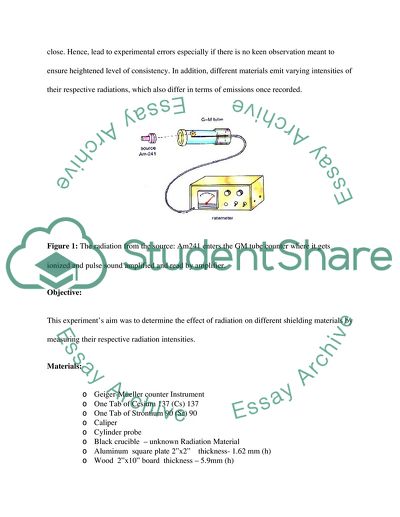Cite this document
(“Effect of Different Materials on Radiation using the Shielding Essay”, n.d.)
Effect of Different Materials on Radiation using the Shielding Essay. Retrieved from https://studentshare.org/physics/1633504-effect-of-different-materials-on-radiation-using-the-shielding-material
Effect of Different Materials on Radiation using the Shielding Essay. Retrieved from https://studentshare.org/physics/1633504-effect-of-different-materials-on-radiation-using-the-shielding-material
(Effect of Different Materials on Radiation Using the Shielding Essay)
Effect of Different Materials on Radiation Using the Shielding Essay. https://studentshare.org/physics/1633504-effect-of-different-materials-on-radiation-using-the-shielding-material.
Effect of Different Materials on Radiation Using the Shielding Essay. https://studentshare.org/physics/1633504-effect-of-different-materials-on-radiation-using-the-shielding-material.
“Effect of Different Materials on Radiation Using the Shielding Essay”, n.d. https://studentshare.org/physics/1633504-effect-of-different-materials-on-radiation-using-the-shielding-material.


